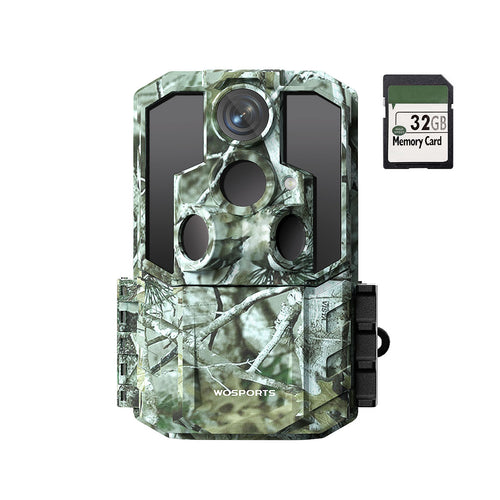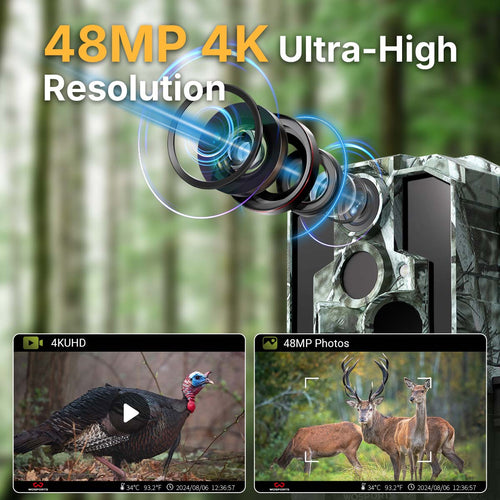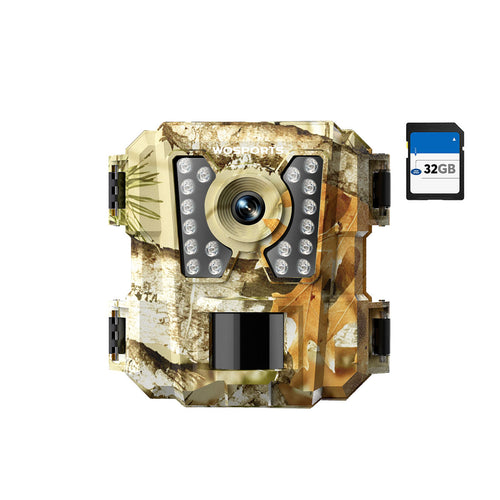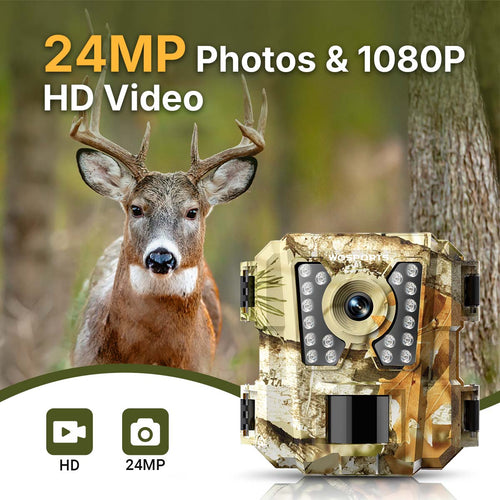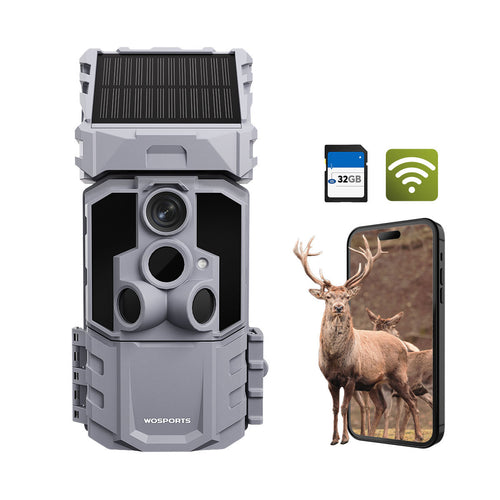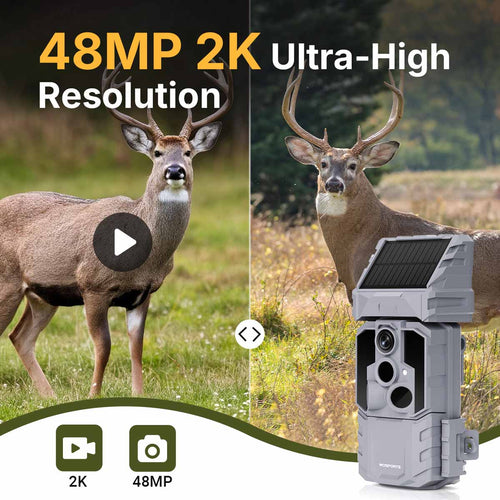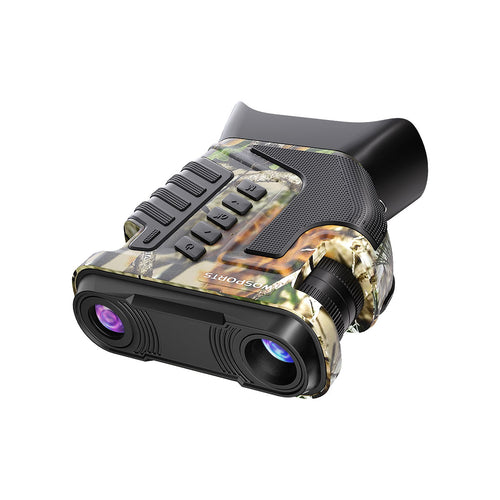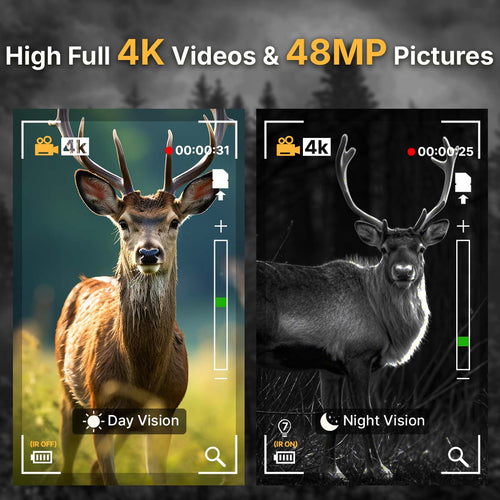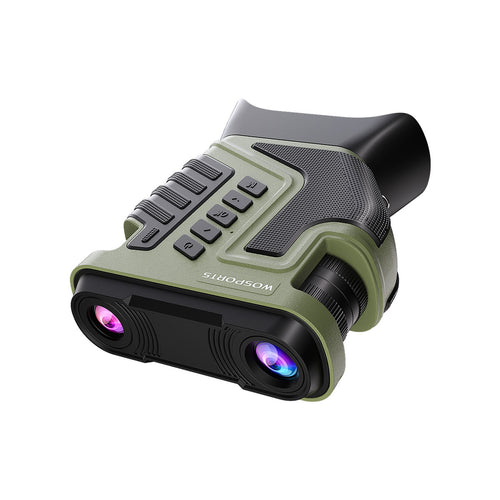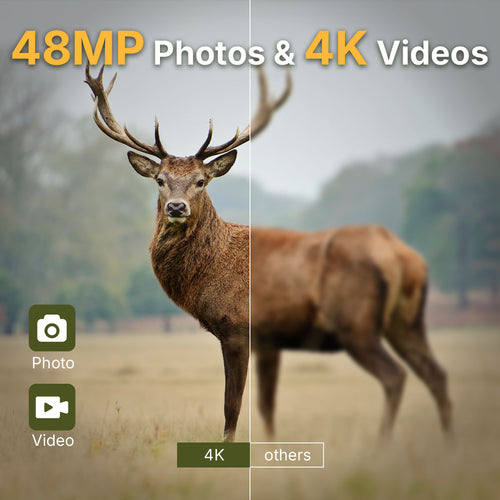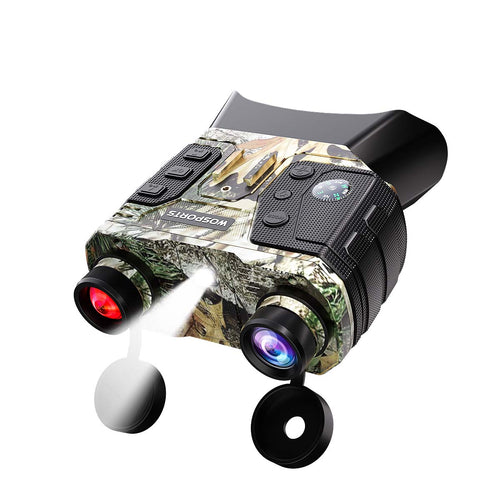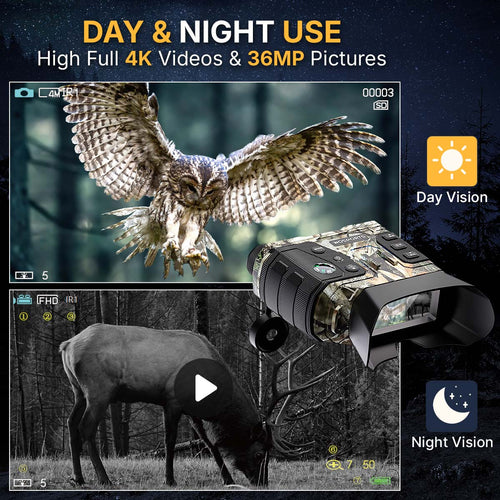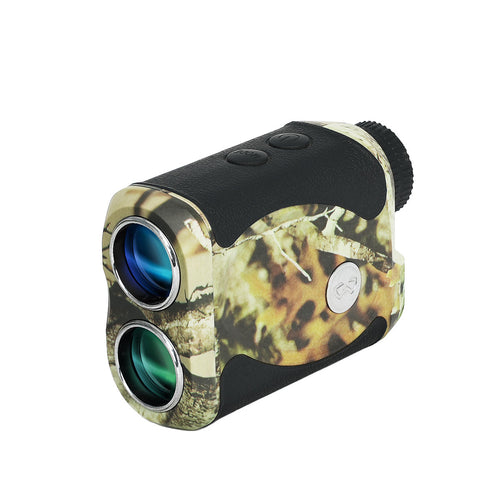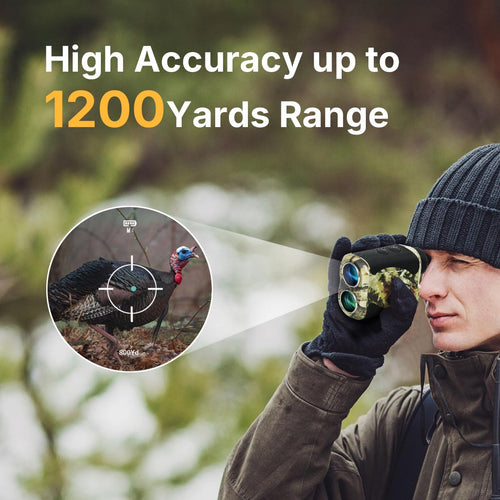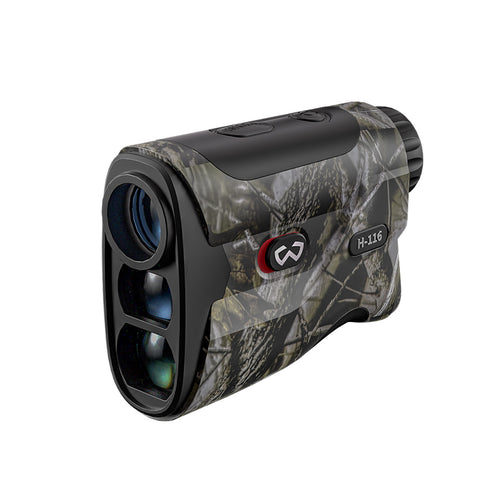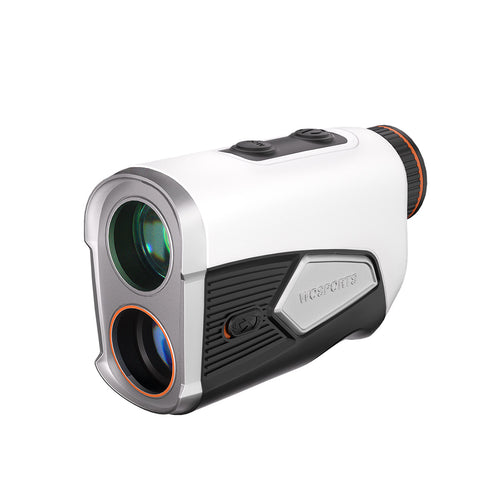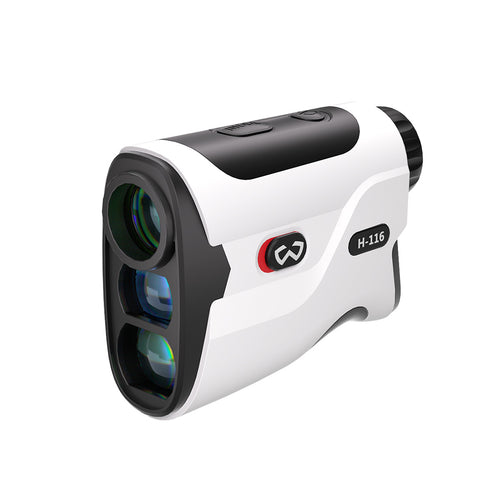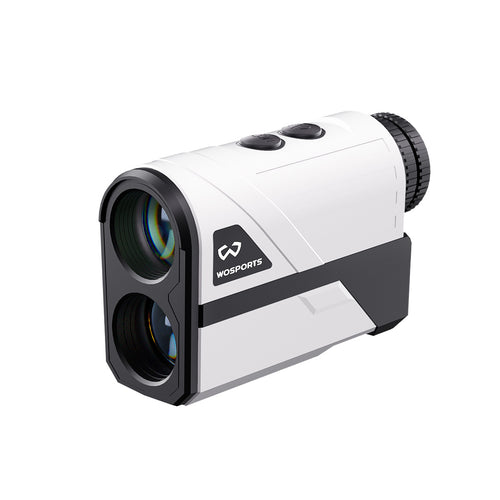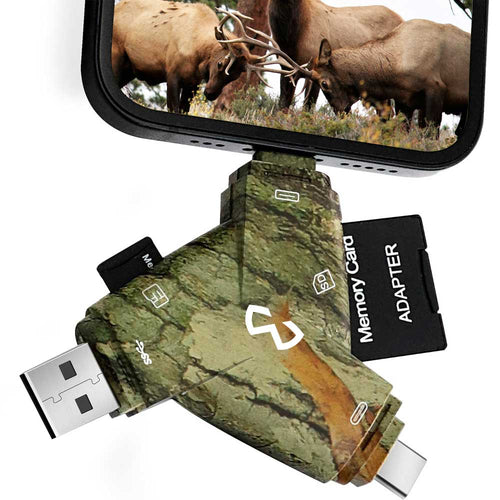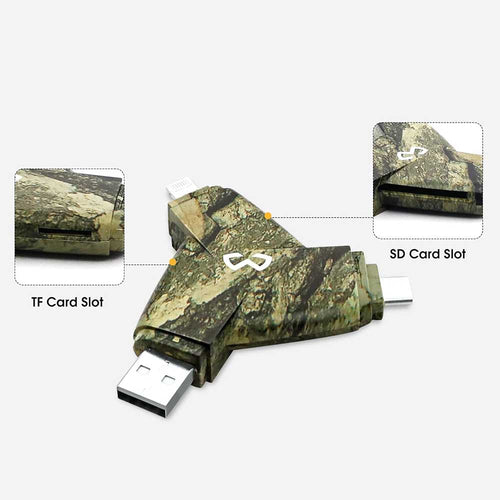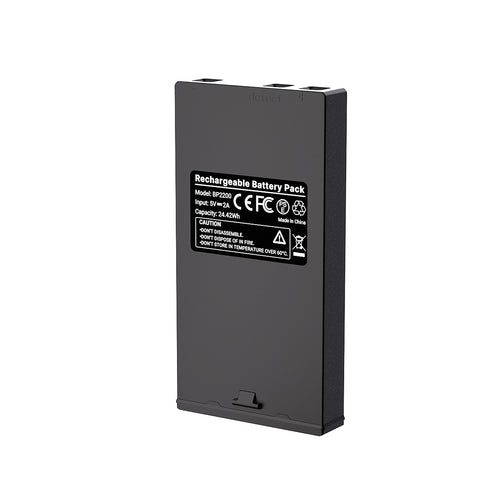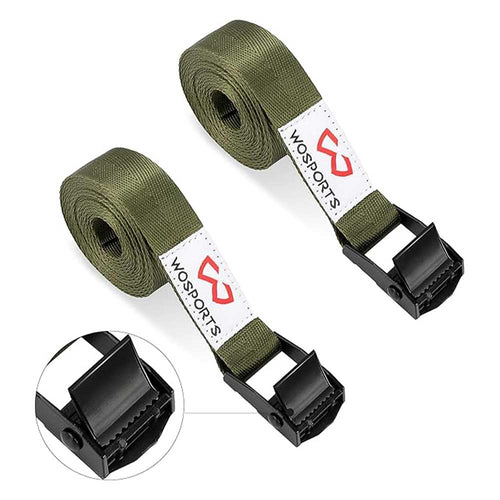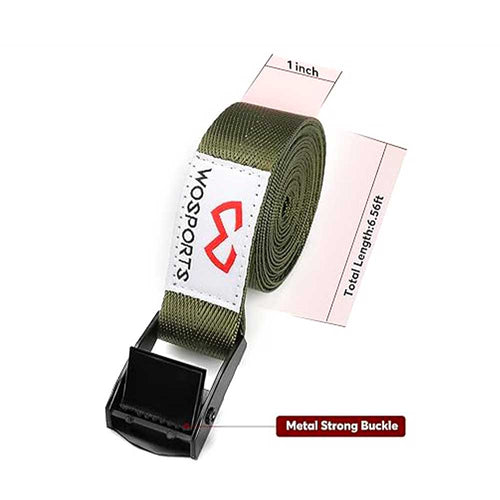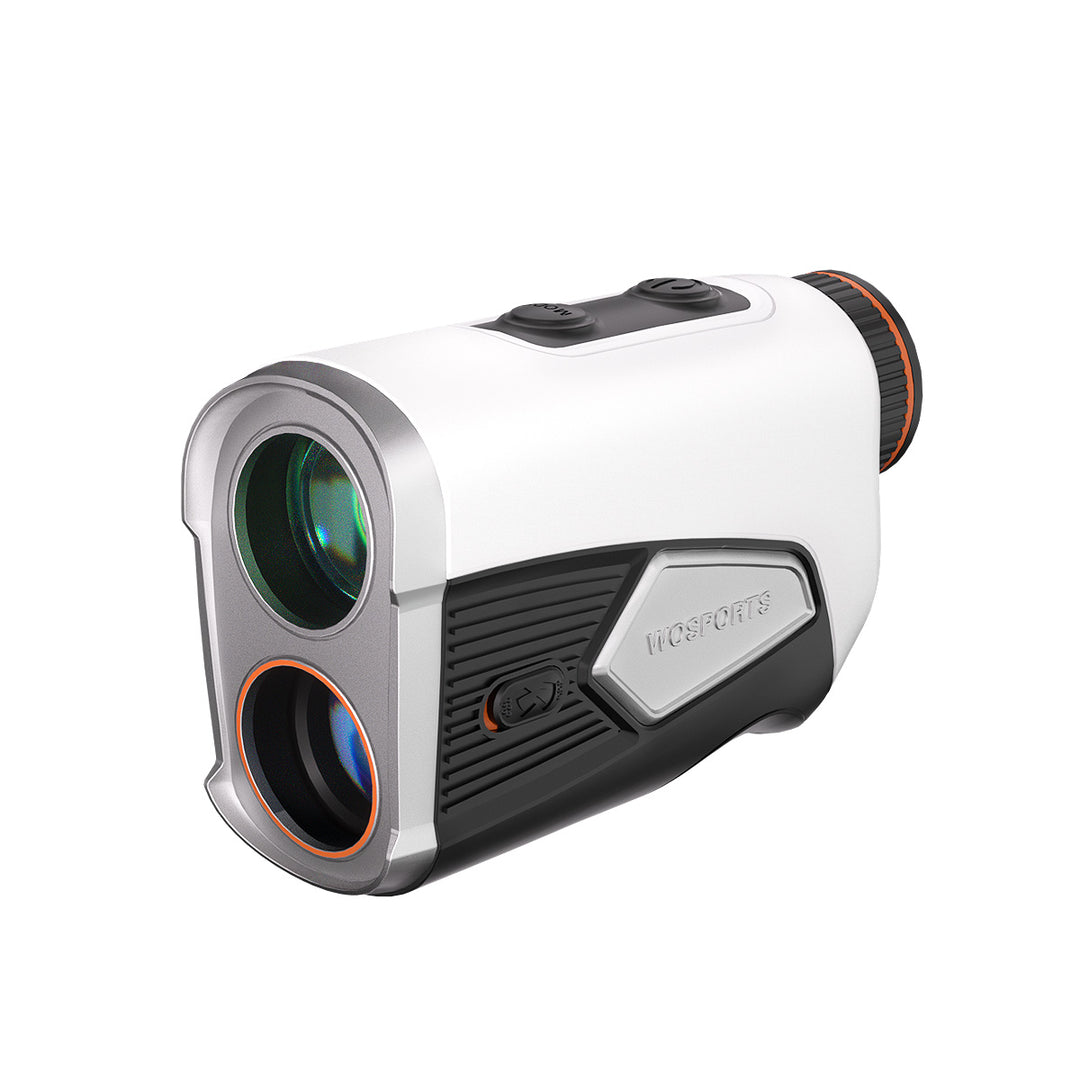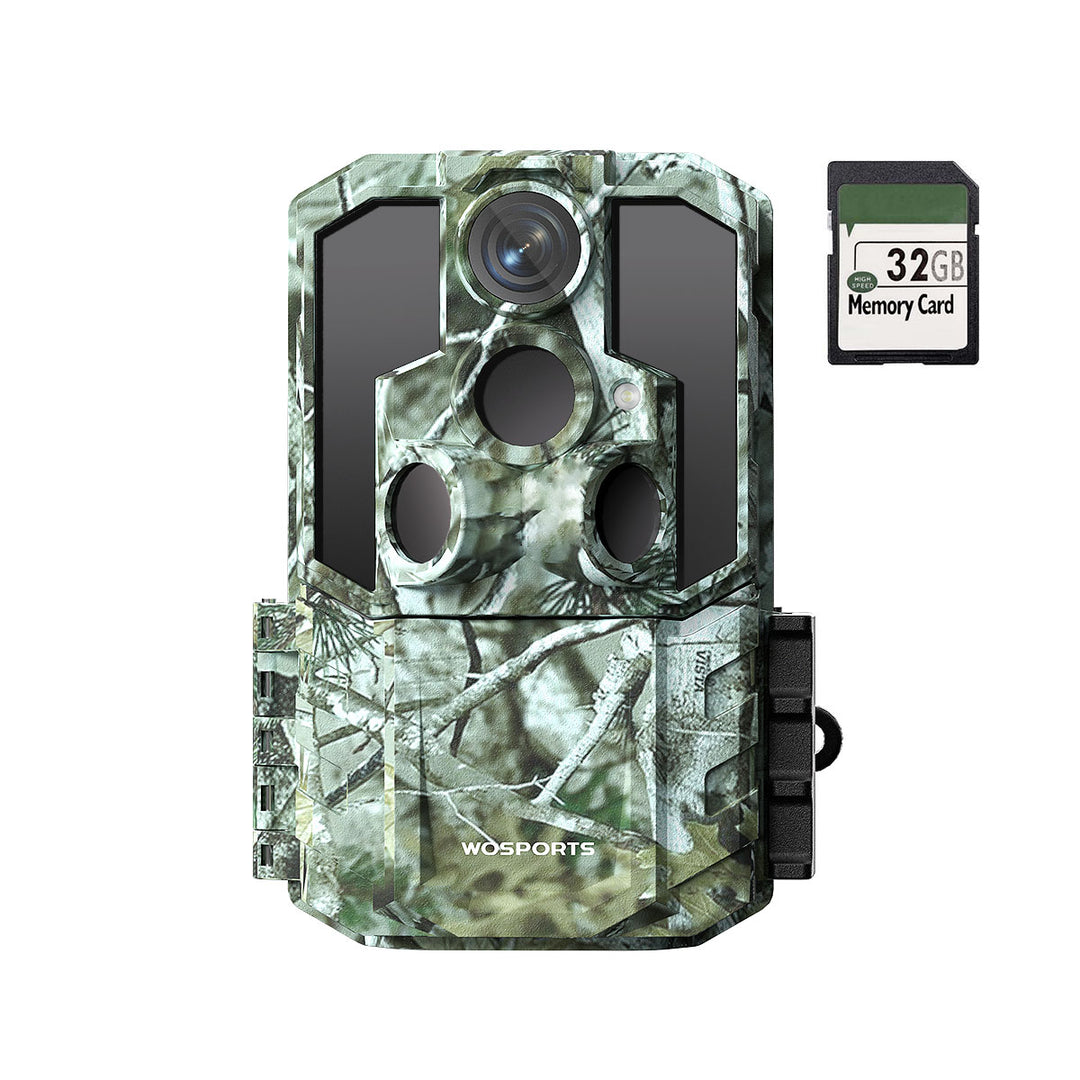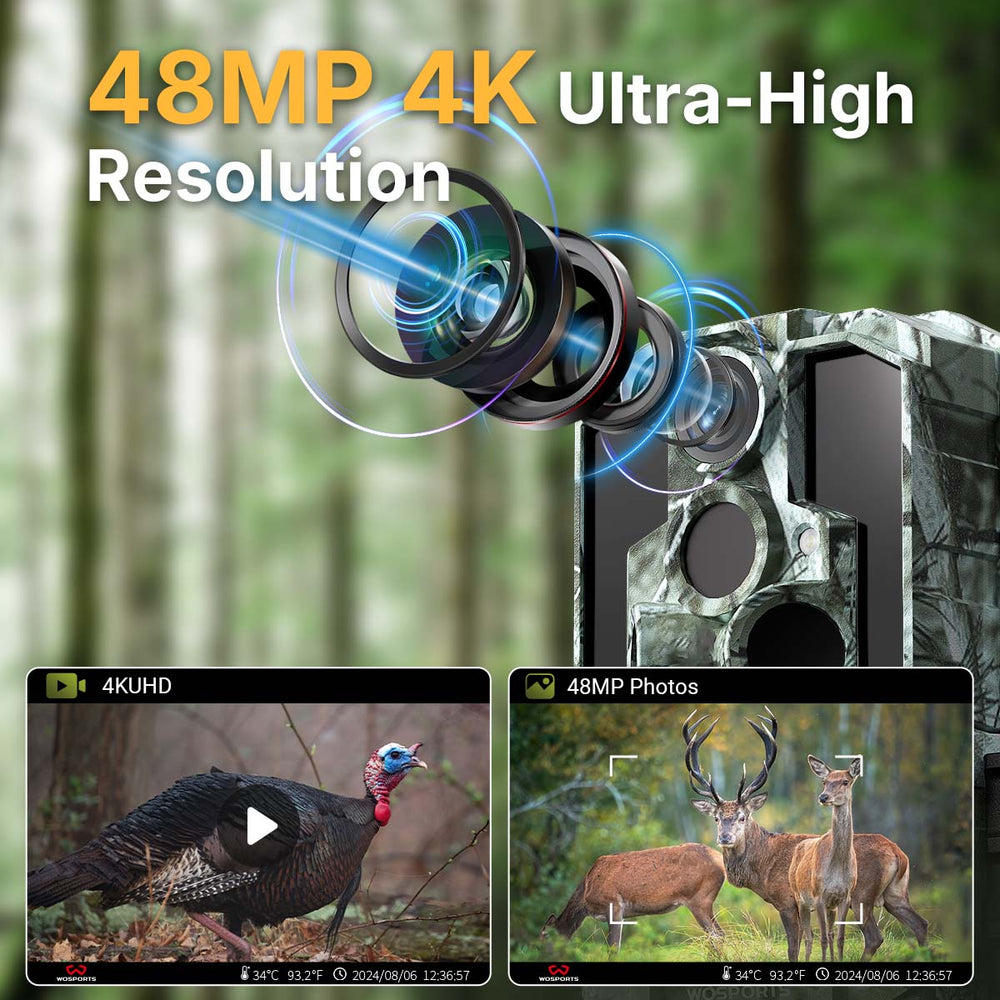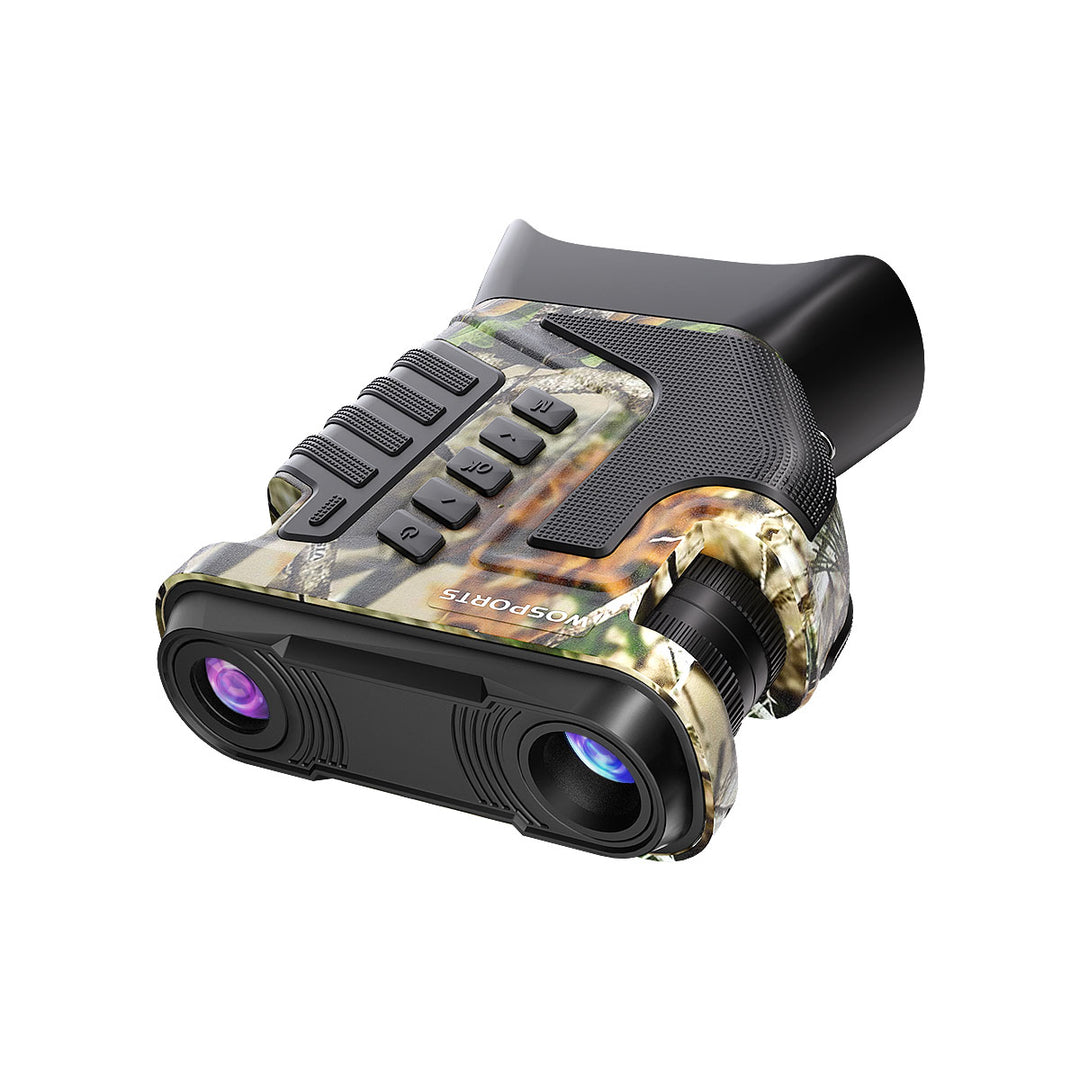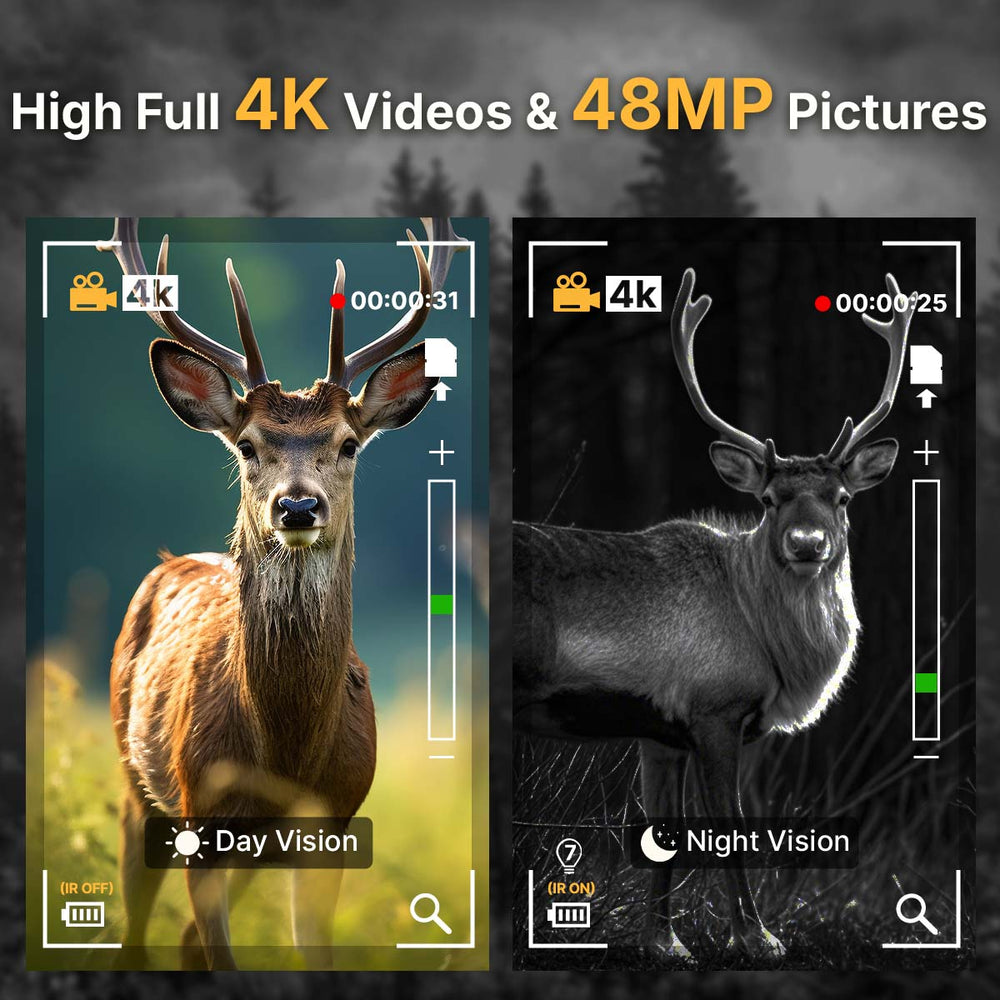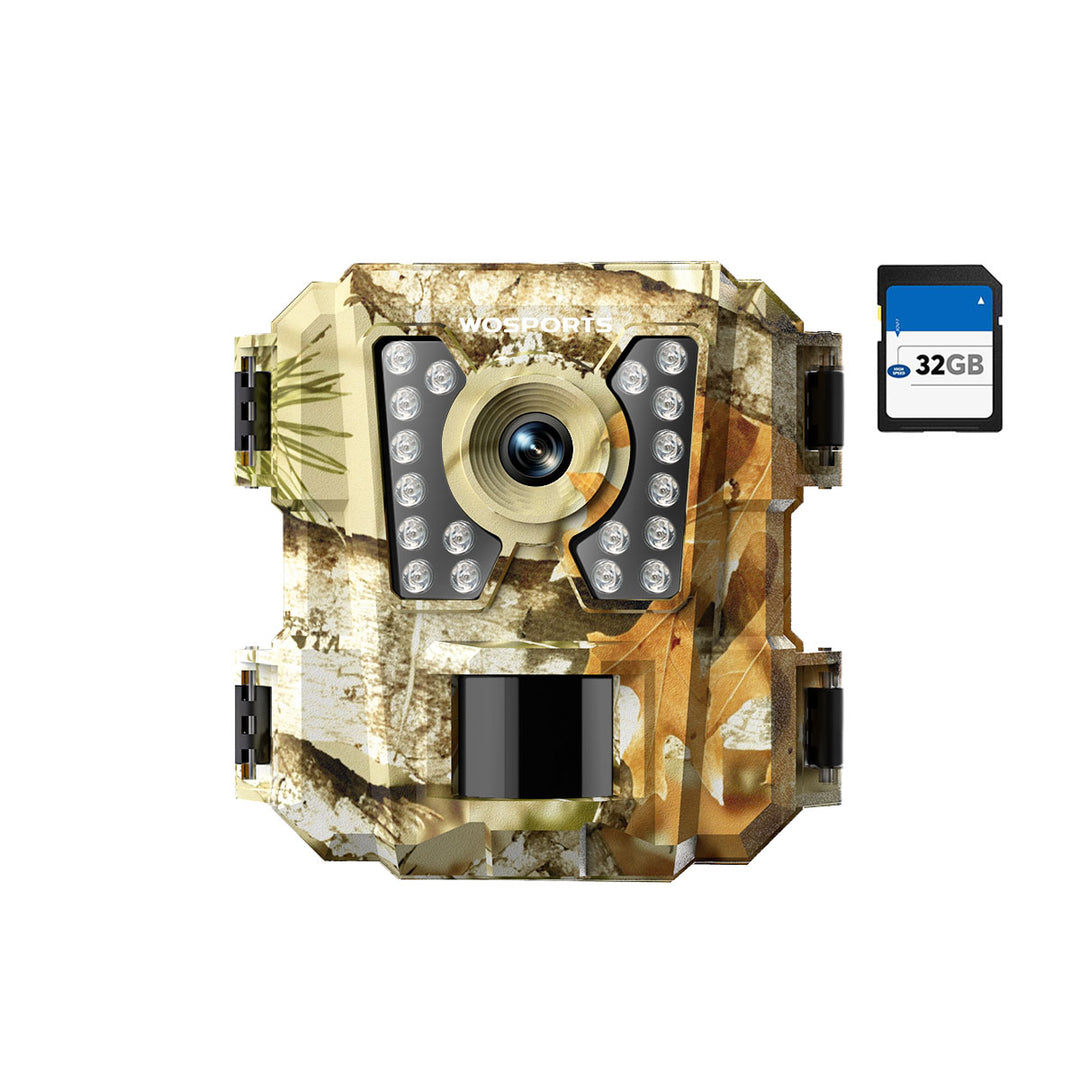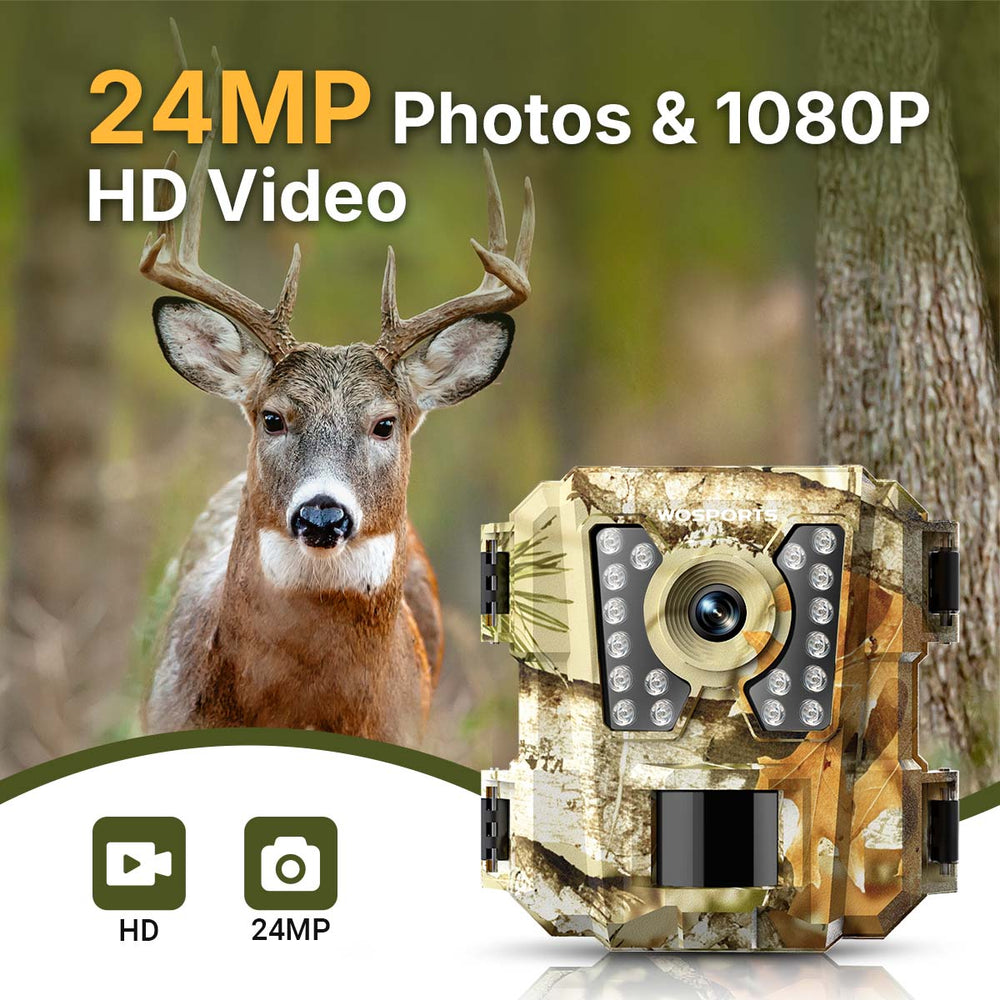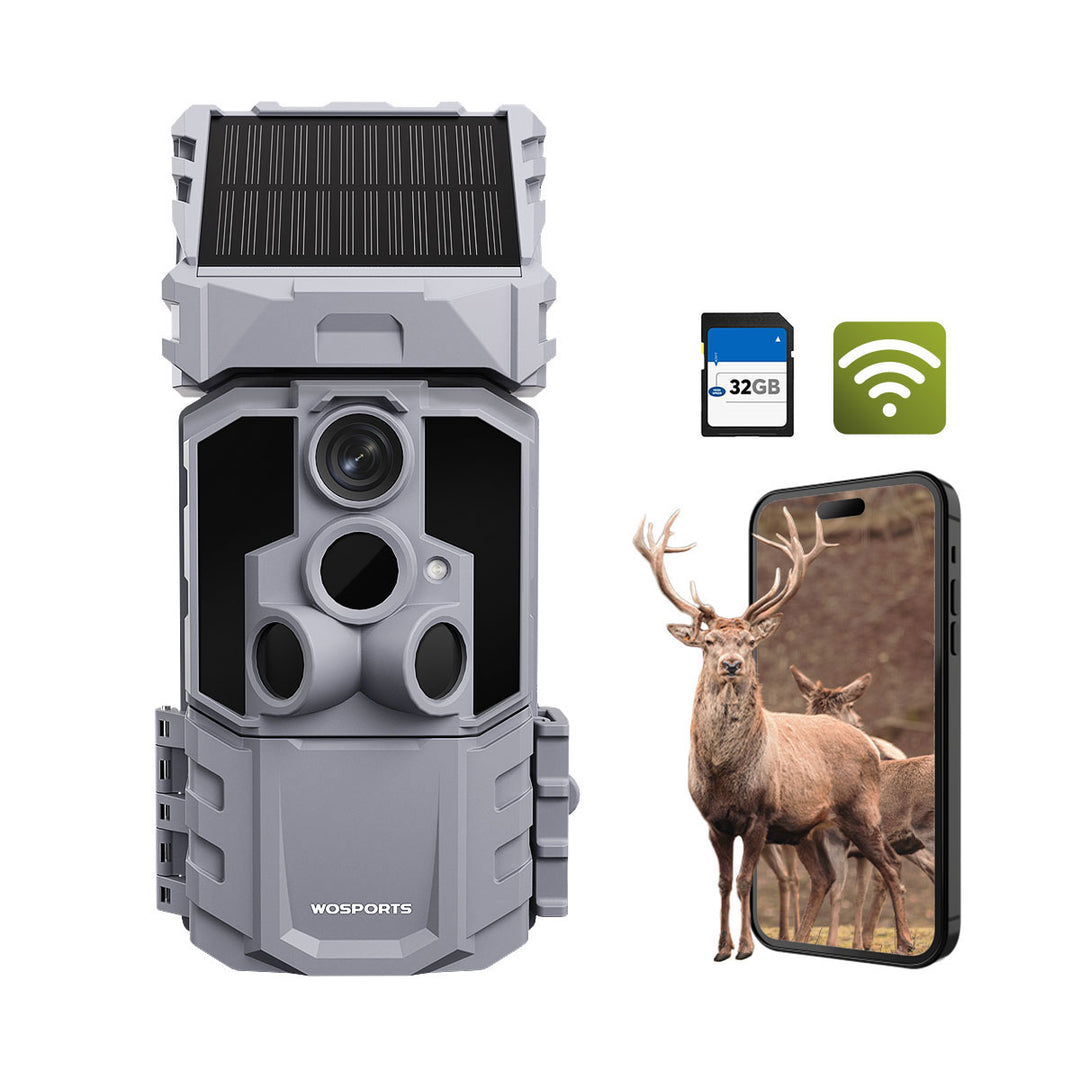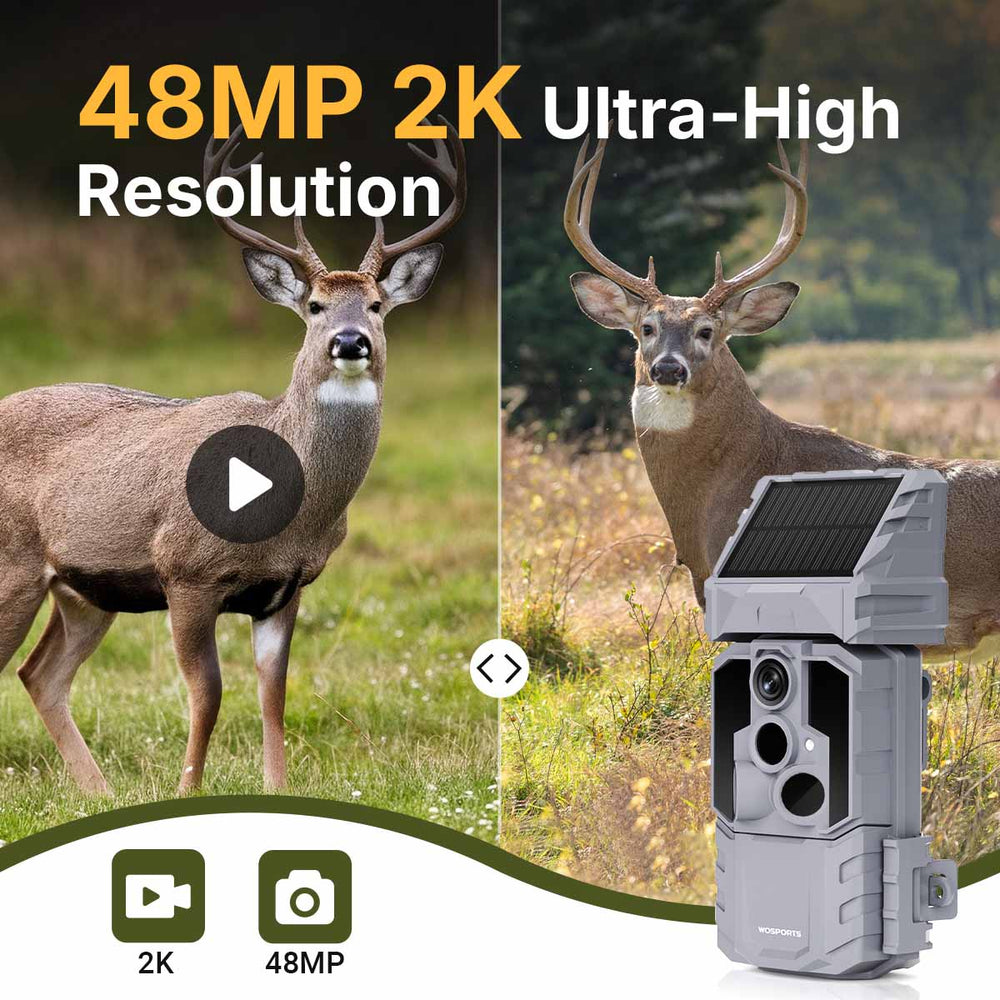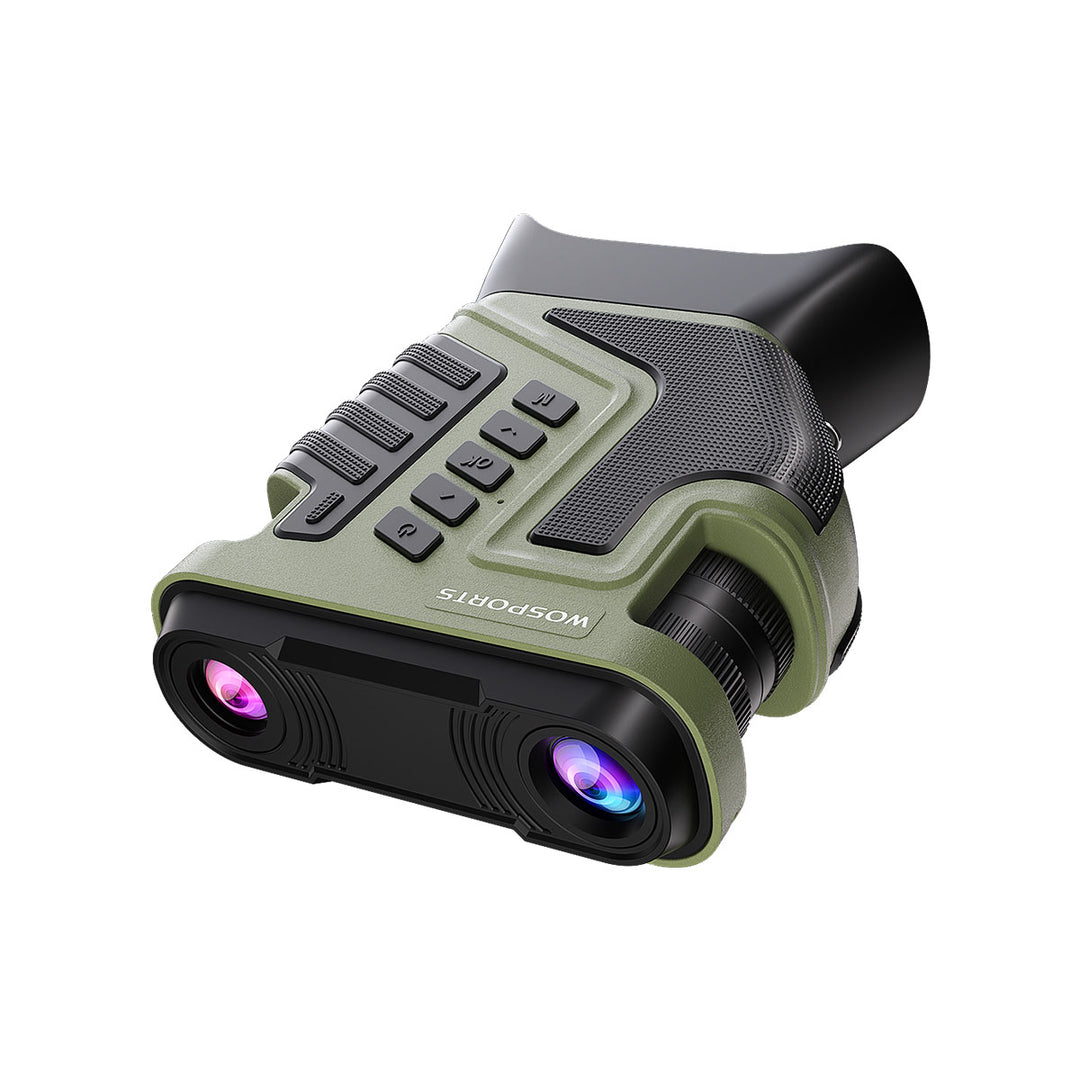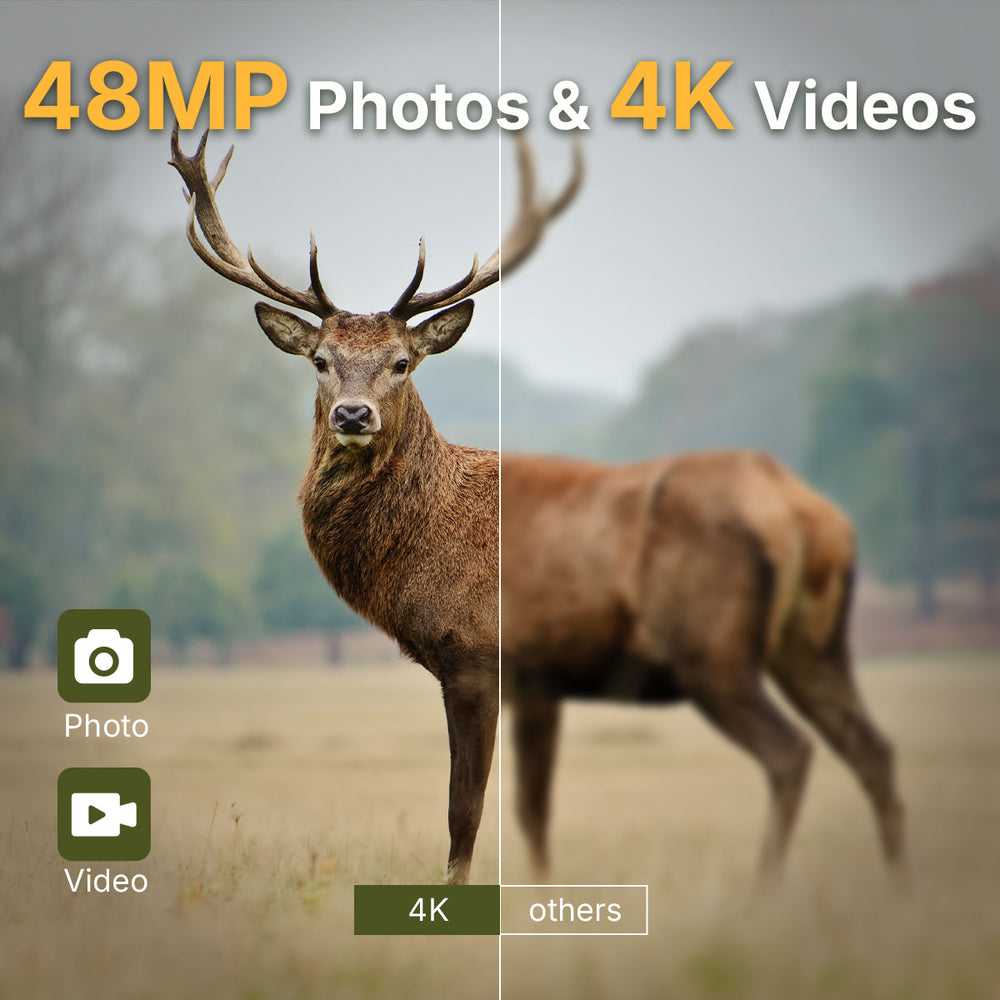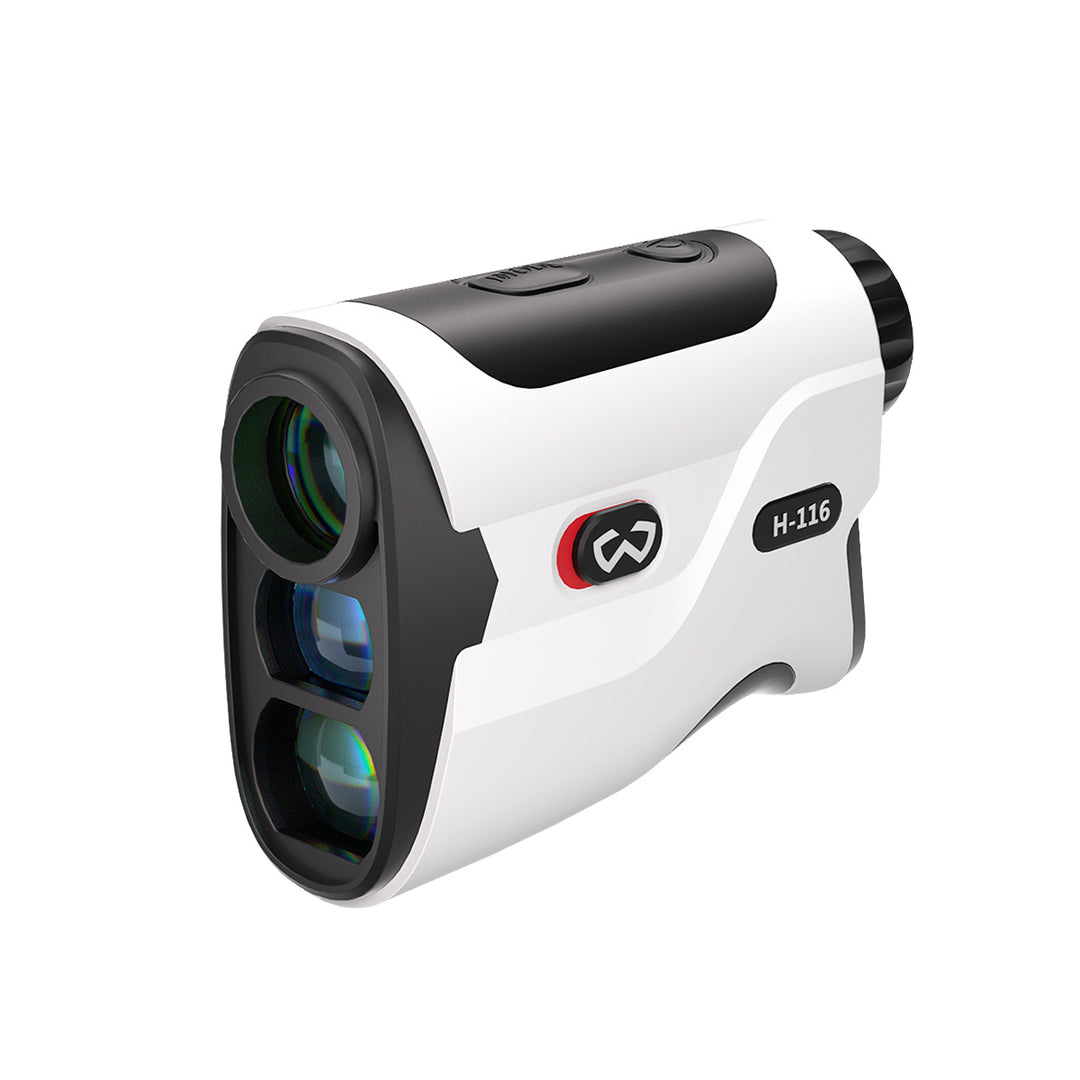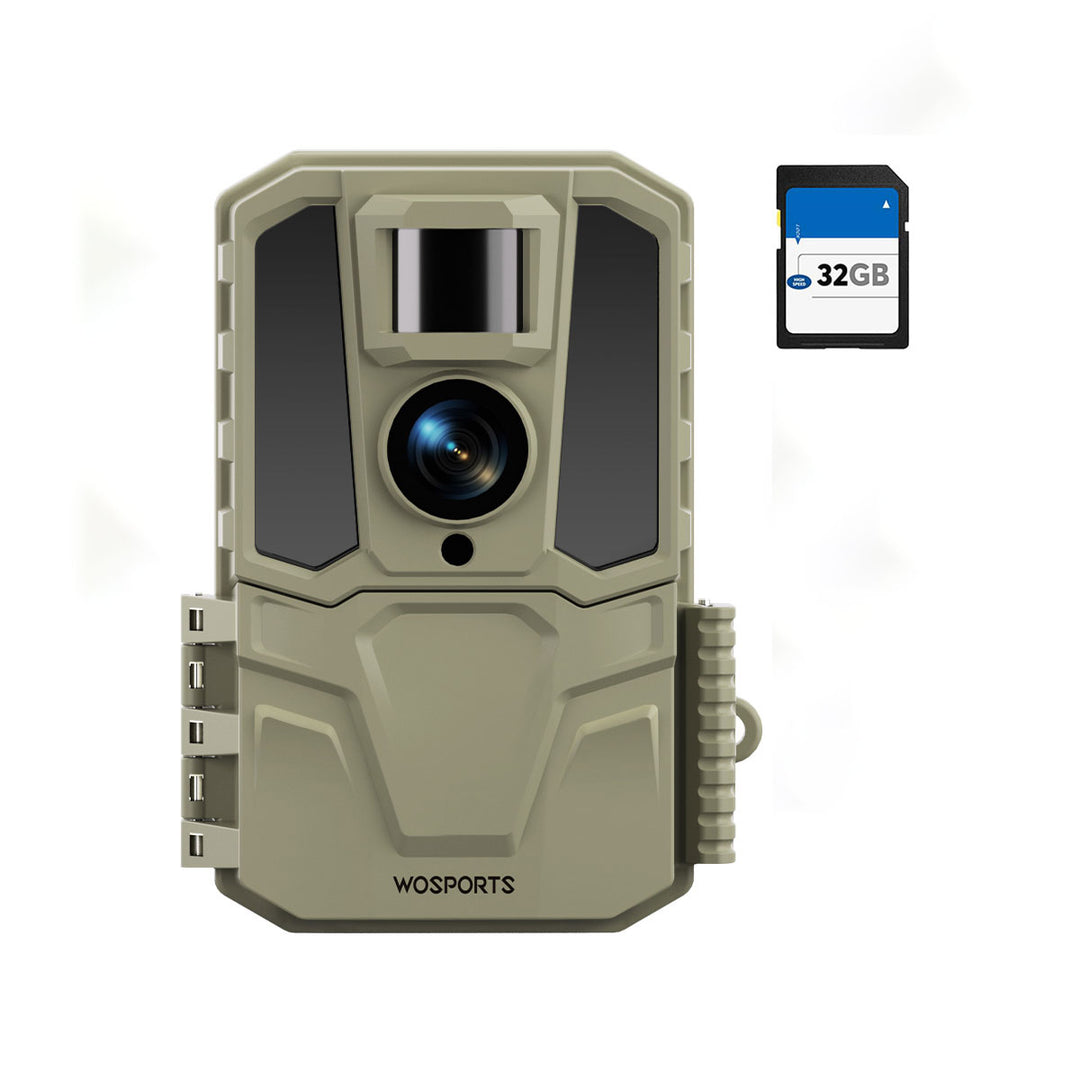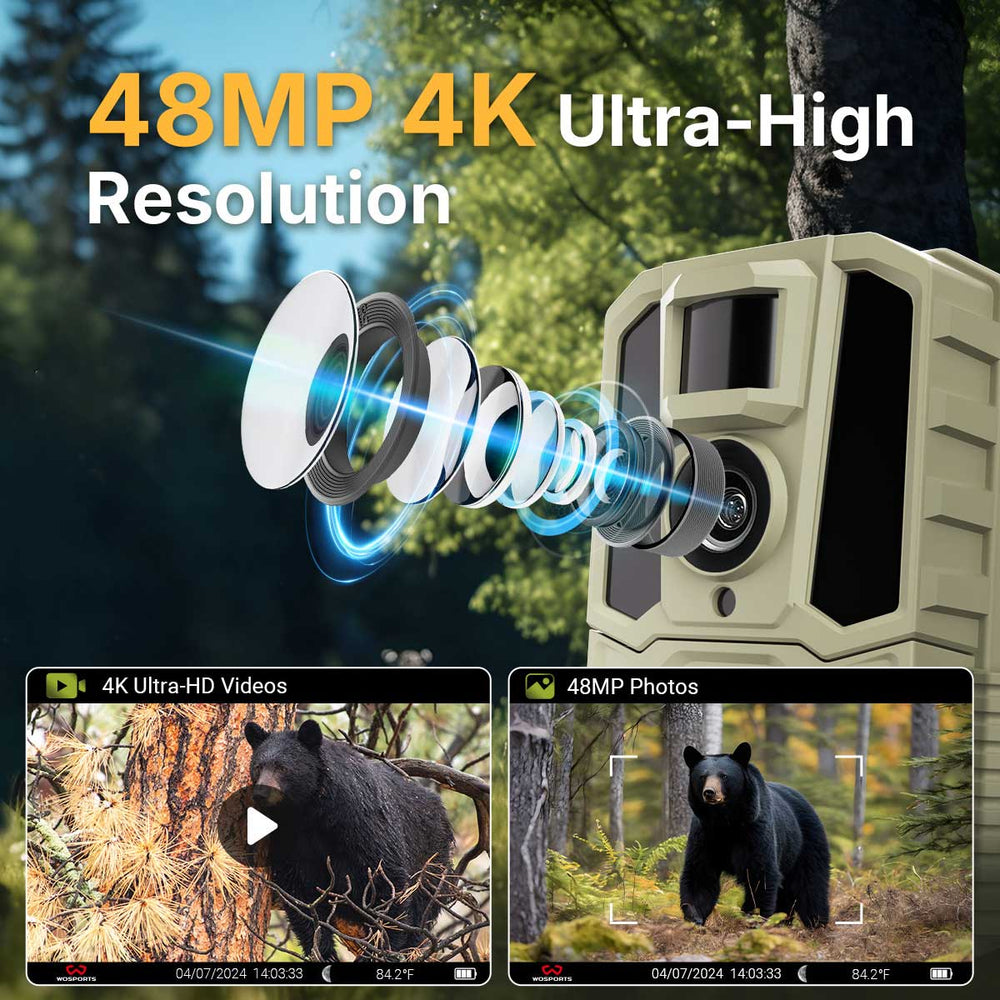Ultimate Pre-Season Checklist for Deer Hunters [Full Guide]
Are you ready for deer season?
Pre-Season Checklist for Deer Hunters
1. Inventory and Prep Your Hunting Gear
Early in the season, weather can be unpredictable, and your gear should be more thoughtful.
A moisture-wicking base layer, a lightweight camouflage jacket, and odor-resistant gloves and boots are a good idea. You should also check batteries, sharpen arrows, clean optics, and test your rangefinder for accuracy. You'll also want to equip yourself with a trail camera, one of the most valuable scouting tools.
2. Strategically Deploy Trail cameras
Trail cameras allow you to observe the forest 24/7, track the movement of deer, and confirm the presence of target bucks, making them one of the indispensable scouting tools during hunting season.
When choosing a camera, reliability, image quality, and battery life are crucial. Models such as the WOSPORTS G600 and G100 stand out for their durability, wide detection range, and excellent low-light performance—ideal for pre-season monitoring without the need to frequently go out to review footage.

WOSPORTS G100 Mini Outdoor Camera>>
The placement of the camera is very important. You can place cameras near known food sources, such as soybean fields and oak flats. As hunting season approaches, reposition them to transition areas and scrapes to ensure that you minimize disturbance when approaching prey. You can also consider the movement of deer and install cameras where they naturally move.
3. Control Your Scent Before You Hunt
Deer are very sensitive to human scent and will quickly flee at even the faintest human odor. So controlling your scent is one of the keys to hunting success.
First, wash your hunting clothing with unscented detergent and store it in a sealed box with leaves, dirt, or pine branches from the hunting area. Shower with unscented soap before going out.
Use an odor-eliminating spray on boots and gear, especially after contact with gasoline, food, or pets. Taking a few minutes to remove odors before hunting can greatly increase your hunting success.
4. Practice Shooting
Before hunting season arrives, you need to focus on real shooting practice. Simulation training can enhance your muscle memory and mental calmness.
Double-check that your sights are accurate and that your weapon meets legal specifications.

5. Hang Tree Stands and Shelters Early
Mid- to late-August is the best time to hang a tree stand or install a ground shelter. The earlier you set it up, the longer deer will have to adjust to your equipment. Setting up a tree stand two days before the season opens often spooks local deer, making it harder to drive them back.
Clear your hunting lanes and make sure your straps and platforms are secure. And test your equipment at dawn or dusk to simulate real hunting conditions.
6. Double-check Your Safety Harness
Your safety harness needs to be in good condition, not worn or damaged, and comfortable enough for when you actually wear it. It’s a good idea to test it at home ahead of time and make any necessary adjustments.
7. Study the Terrain and Plan Your Entry Route
Before hunting season, it is best to study the map in advance and survey the terrain on foot to find the least aggressive route to your hunting point or hide.
Use streams and ditches to cover your entry route. When entering the game, avoid habitats and major food sources.
You can also use apps that record waypoints and track wind direction, which is very useful for recording deer movements.
8. Pack the Essentials Ahead of Time
Start with the basics: hunting license and tags, knife, flashlight, spare batteries, water, and snacks. Also, pack a wind vane, gloves, backcountry clothing, and a small first aid kit. Add a lightweight rain poncho and spare releases or arrows.
Remember to charge batteries or solar panels for rechargeable trail cameras ahead of time, especially if you are setting up remotely.
9. Clean Your Optics
Speaking of optics, now’s the time to give your binoculars and riflescopes a thorough cleaning. Dust, smudges, and fogging can affect clarity when it matters most. When not in use, wipe them with lens wipes or a microfiber cloth, and store them in a dry, secure box.
10. Recheck your Trail Cameras
About a week before the season begins, remove SD cards, replace batteries, and adjust camera positions as needed. Use this data to plan your season.

Related Reading:
Search
Popular Posts
Recent Posts

Nov 28, 2024
Troubleshooting Common Trail Camera Issues
Jan 10, 2025
Why Does My Trail Camera Stop Working at Night?

